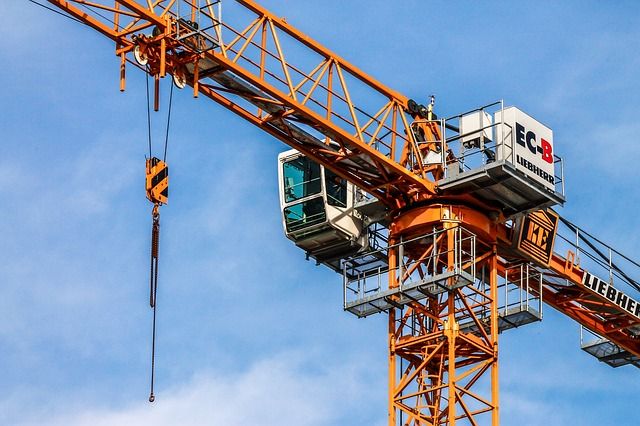Essential Safety Principles for Lifting Operation


Best Practices in Heavy Transport and Lifting, Emphasizing Safety
Working with cranes poses many hazards, and unsafe working practices can result in injuries, fatalities and costly damage to materials. For example, machinery can injury people through various ways: crushing, cutting, shearing, puncturing abrading, burning, tearing and stretching, while the most common injuries are amputation, crushing, electric shock, hearing loss and ill health from hazardous chemicals or lack of oxygen.
All lifting operations should have a lifting plan supported by a risk assessment. By categorising a lifting operation in accordance with its risk level and complexity, suitable controls can be applied to eliminate hazards or reduce risks. Frequent or routine lifting operations may only require a generic lifting plan supported by an on-site risk assessment and briefing to related personnel. High risk or complex lifts, however, will need additional engineering design efforts to ensure that the lifting is conducted safely.
The lifting plan should, although not limited to, address the following:
- The personnel required;
- The personnel’s roles, responsibilities and competencies;
- Permit-to-Work system is mandatory for all lifting operations involving tower, mobile or crawler
- crane, as specified in Part III of the WSH (Construction) Regulations;
- Nature and weight of load;
- Type and location of lifting points;
- Selection of appropriate lifting gears and equipment;
- Assessment of the need for tagline to control movement of suspended load;
- Means of communication during lifting operations;
- Factors detrimental to the lifting operations such as adverse weather and poor illumination; and
- Provision of a safe place of work for all personnel during lifting operations.
The lifting plan should include a set of written safe work procedures. The occupier of a worksite has to implement a permit-to-work as specified in Part III of the WSH (Construction) Regulations to ensure effective execution of the lifting plan involving tower, mobile or crawler crane. The lifting operation should be ordered to stop immediately, if it deviates from the plan.
Risk Assessment
Prior to any lifting operation, a risk assessment should be conducted to identify the hazards that are likely to occur. By assessing the likelihood and severity of the accidents that may occur, appropriate risk control measures can be undertaken to eliminate the hazards or reduce risks. Where lifting operation is concerned, perform the risk assessment process right from the start, during the planning stage of the work, so that the operation can be made safer with very little extra effort during the operation itself.
For more information, visit:
WSH Council – Technical Advisory for Safe Operation of Lifting Equipment
WSH Council – Guidelines for Creating Lifting Plan for Lifting Operations In Workplaces
WSH Council – Code of Practice on Safe Lifting Operations in the Workplaces
Best Practices in Heavy Transport and Lifting, Emphasizing Safety is a 3-day training course held from 1 – 3 April 2019 (Kuala Lumpur), aimed to equip and furnish participants with necessary tools, skills and understanding to undertake heavy lifting operations and projects. Excellent transport engineering and dedicated project management is a truly indispensable element in planning projects.
 |
